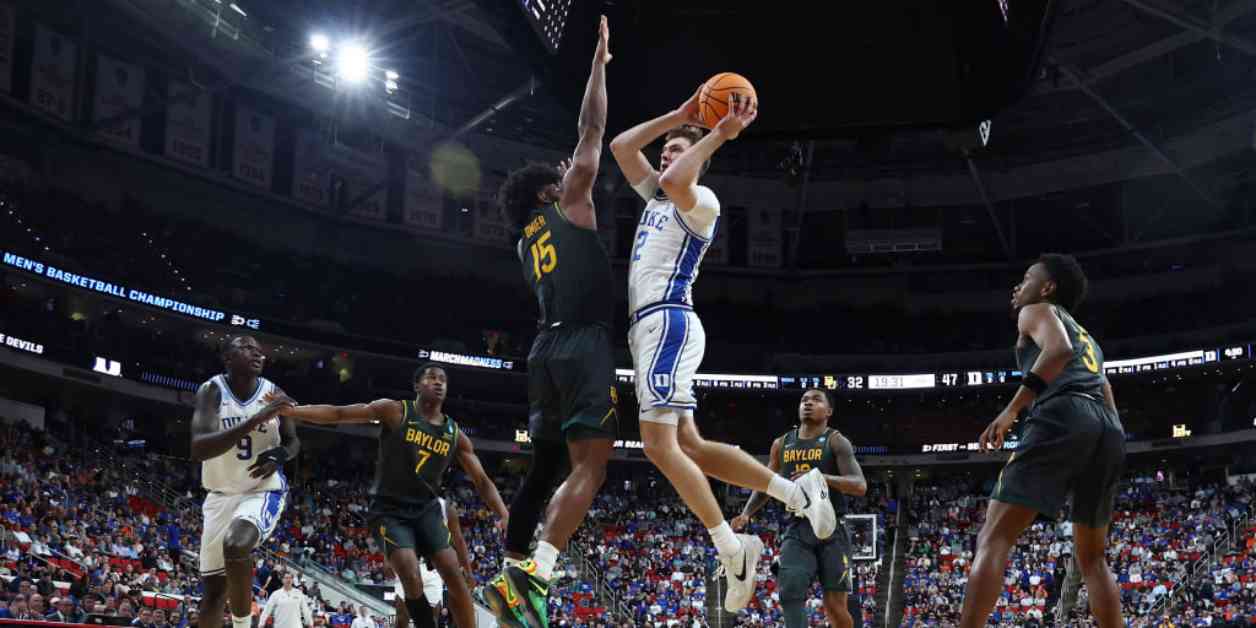Summary: The NCAA men’s basketball tournament, March Madness, has seen a lack of upsets, disappointing fans as major conferences dominate the Sweet 16. With the fewest number of conferences ever represented in this stage, the trend reflects the impact of conference realignment on team representation. While some surprises occurred during the opening weekend, the tournament has largely favored higher-seeded teams, reducing the unpredictability that fans typically enjoy. The Big Ten and SEC have shown strong performances, with most top-seeded teams still in contention for the championship.
The NCAA men’s basketball tournament, known as March Madness, is an event that captivates sports fans every year with its thrilling upsets and underdog stories. However, this year’s tournament has left many fans disappointed as the Sweet 16 round is dominated by teams from major conferences, namely the SEC and the Big Ten. This trend of major-conference dominance has raised questions about the impact of conference realignment on team representation and the overall competitiveness of the tournament.
Impact of Major-Conference Dominance
The dominance of major conferences in the Sweet 16 is evident in the fact that all 16 remaining teams belong to either the SEC, Big Ten, Big 12, or ACC. This concentration of power in a few conferences has significantly reduced the chances of mid-major teams making a deep run in the tournament. The absence of a true Cinderella story this year, with Colorado State’s loss to Maryland, highlights the challenges faced by smaller conferences in competing with the established powerhouses.
Conference realignment has played a significant role in shaping the current landscape of college basketball, with teams like BYU transitioning from mid-major conferences to Power Five conferences like the Big 12. This shift has further strengthened the position of major conferences in the tournament, making it harder for teams from smaller conferences to break through and create upsets. As the tournament progresses, the impact of conference realignment on team performance and competitiveness becomes increasingly apparent.
Challenges for Underdog Teams
While the tournament’s opening weekend saw a few surprises, such as McNeese State’s victory over Clemson and Drake’s win against Missouri, the overall trend has favored higher-seeded teams. In the Midwest region, lower-seeded teams struggled to upset their higher-ranked opponents, leading to a lack of dramatic upsets that fans have come to expect from March Madness. The tournament’s emphasis on parity and unpredictability has been overshadowed by the dominance of major conferences, raising concerns about the future of underdog teams in college basketball.
The strong performances of teams from the Big Ten and SEC have been a defining feature of this year’s tournament, with both conferences showcasing their depth and talent on the national stage. The Big Ten’s perfect record in the opening games and the SEC’s record-breaking number of Sweet 16 teams demonstrate the competitive strength of these conferences. As the tournament progresses, the focus shifts to the top-seeded teams vying for the championship, signaling a departure from the underdog narratives that often define March Madness.
In conclusion, the 2022 NCAA men’s basketball tournament has been marked by major-conference dominance, challenging the traditional narrative of upsets and underdog triumphs. The impact of conference realignment, the lack of Cinderella stories, and the strong performances of top-seeded teams have reshaped the tournament’s dynamics, leaving fans and analysts alike pondering the future of college basketball. As the competition intensifies in the coming rounds, the focus will be on the battle between powerhouse programs for the coveted title of national champion.














